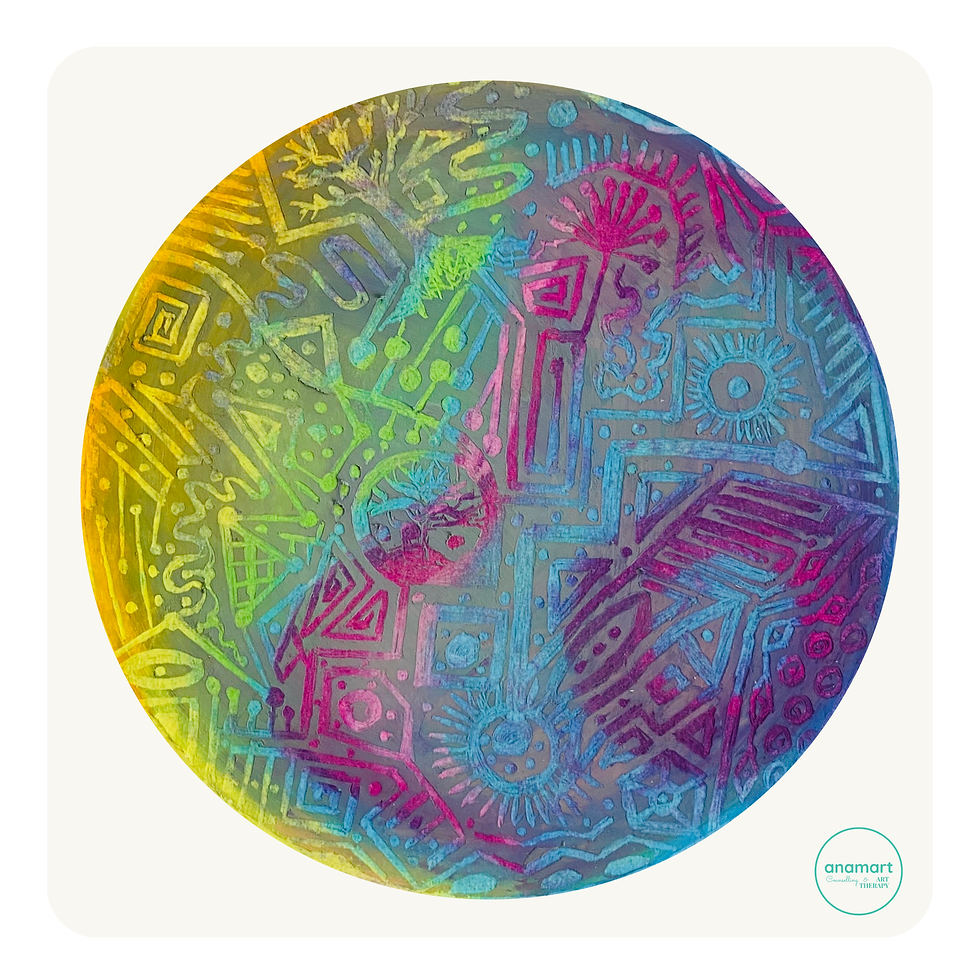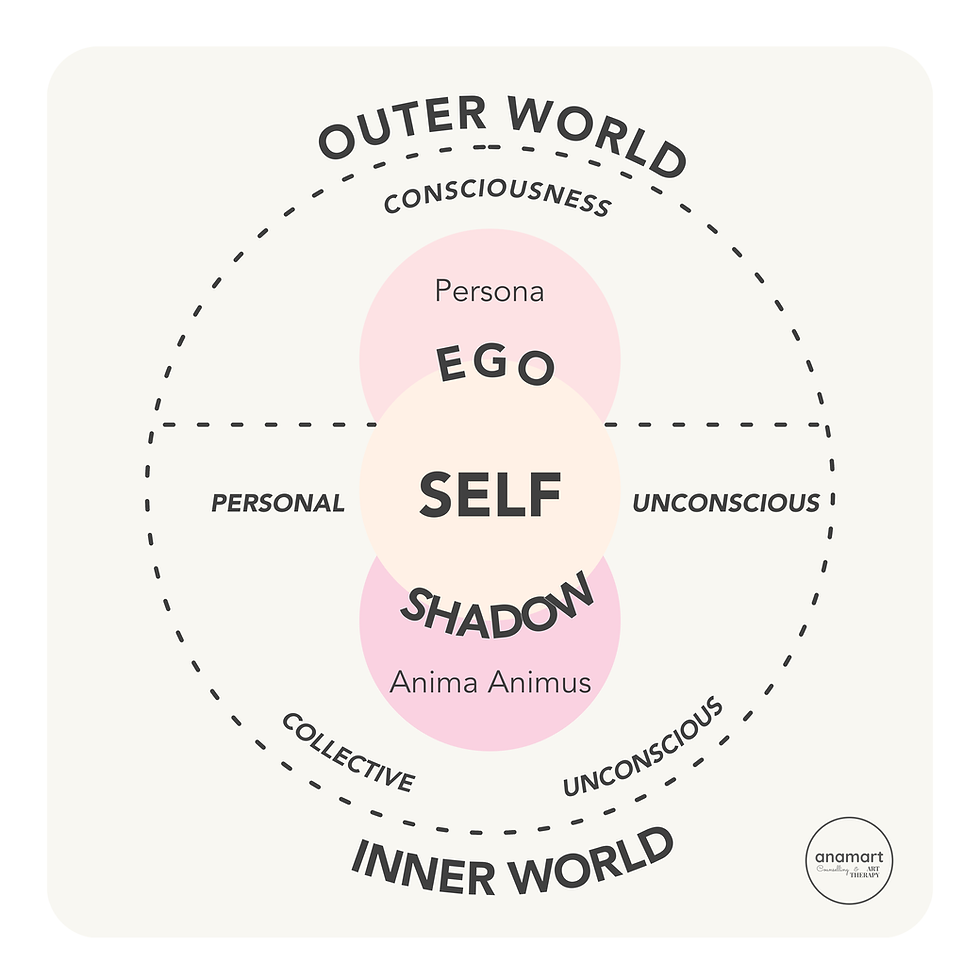Unlike Freud, Swiss psychiatrist and psychoanalyst Carl Gustav Jung didn't consider the unconscious just a container for repressed personal experiences nor believed we were born as a blank canvas. He described two levels of the unconscious: personal and collective.

While the personal unconscious is unique to an individual, the collective unconscious is universal and common to all humans. The collective unconscious exists independently of the individual unconscious; it has always existed and goes beyond culture, society, geography and history. It is a summary of the experiences of our ancestors that we all possess at birth. He called these inherited schemas archetypes.
Archetypes are blueprints or templates of our universal response to universal life experiences. In other words, archetypes are to humans what instincts are to animals. Have you ever wondered how birds know where and when to migrate or how honeybees build the most perfect hexagonal cells in their hives? Similarly, our mind contains complex blueprints for being and acting in the world. Some examples would be survival behaviours, nurturing the young, seeking adventure, or spiritual searching that we have inherited from our ancestors through aeons of time.
Although they shape how we see and behave in the world, archetypes can't be seen directly. They can become visible and conscious only indirectly as they manifest - as ideas, emotions, or images. If you think about seawater, you know there is salt in it even though you can't see it directly; the salt can become visible only in a particular instance - the evaporation of water. Similarly, archetypes from our unconscious can become visible through symbols in our dreams, active imagination, and images we create. Drawing or painting mirrors the actual archetypal pattern in the mind's background, the current situation of the soul.

Jung identified many archetypes and focused on four: persona, shadow, anima/animus and Self. Unique to him is the idea that our personality has two centres: the ego and the Self. The ego is the centre of the conscious personality - the sense of identity (the "I"). The Self is the centre of our total personality - including the conscious, the unconscious and the ego. The ego is thus just a tiny portion of the Self.

Your Self is the blueprint of your potential that constantly guides you toward fulfilment and wholeness. It can be seen as your inner companion that provides guidance and supports you to become who you truly are.
One archetypal symbol that appears across times and cultures is the mandala. Although the term loosely translates as "circle", "circumference", or "centre", it refers to more than just a round shape. Jung associated the mandala with the Self, the centre of the total personality. If you look at the horizon, you might notice that the horizon line appears to be a circle with your Self - your conscious mind, your unconscious mind, and your ego - in its centre. When you create a mandala, you create a very personal symbol that represents your Self, who you are at that moment.
Comments